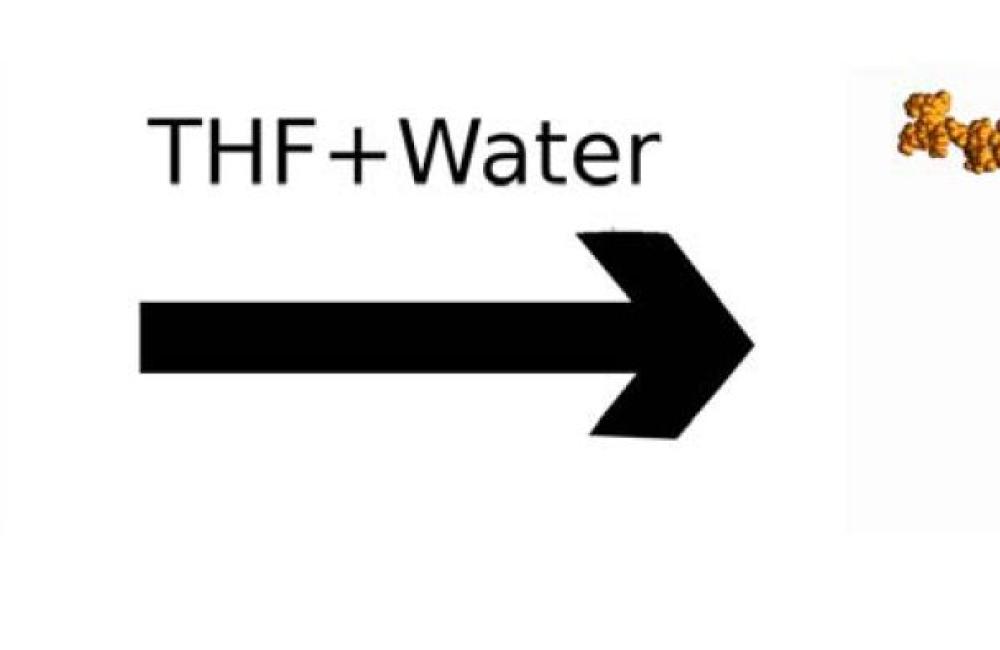March 2, 2016 - Breaking down cellulosic biomass for biofuel is a costly and complex process, requiring lots of acid, water, and heat. Experimental pretreatments, however, hold the promise of driving down these costs by making more biomass available to enzymes for fermentation. To gain a better understanding of why these experimental pretreatments work, researchers at Oak Ridge National Laboratory used the Titan supercomputer to gain molecular-level insight into the effectiveness of a pretreatment called Cosolvent Enhanced Lignocellulose Fractionation, or CELF, developed by the Department of Energy’s BioEnergy Science Center. The simulation results, published in Green Chemistry, provide context to scientists developing more effective techniques for the removal of lignin, a problematic molecule for biofuel production. The paper is available at http://pubs.rsc.org/En/content/articlelanding/2015/gc/c5gc01952d#!divAbstract.
In pure water, lignin adopts a globular conformation (left) that aggregates on cellulose and blocks enzymes. In a THF-water cosolvent, lignin adopts coil conformations that are easier to remove during pretreatment. (ORNL image)
Topics:
Media Contact
Communications Staff, 865.576.1946 | news@ornl.gov




